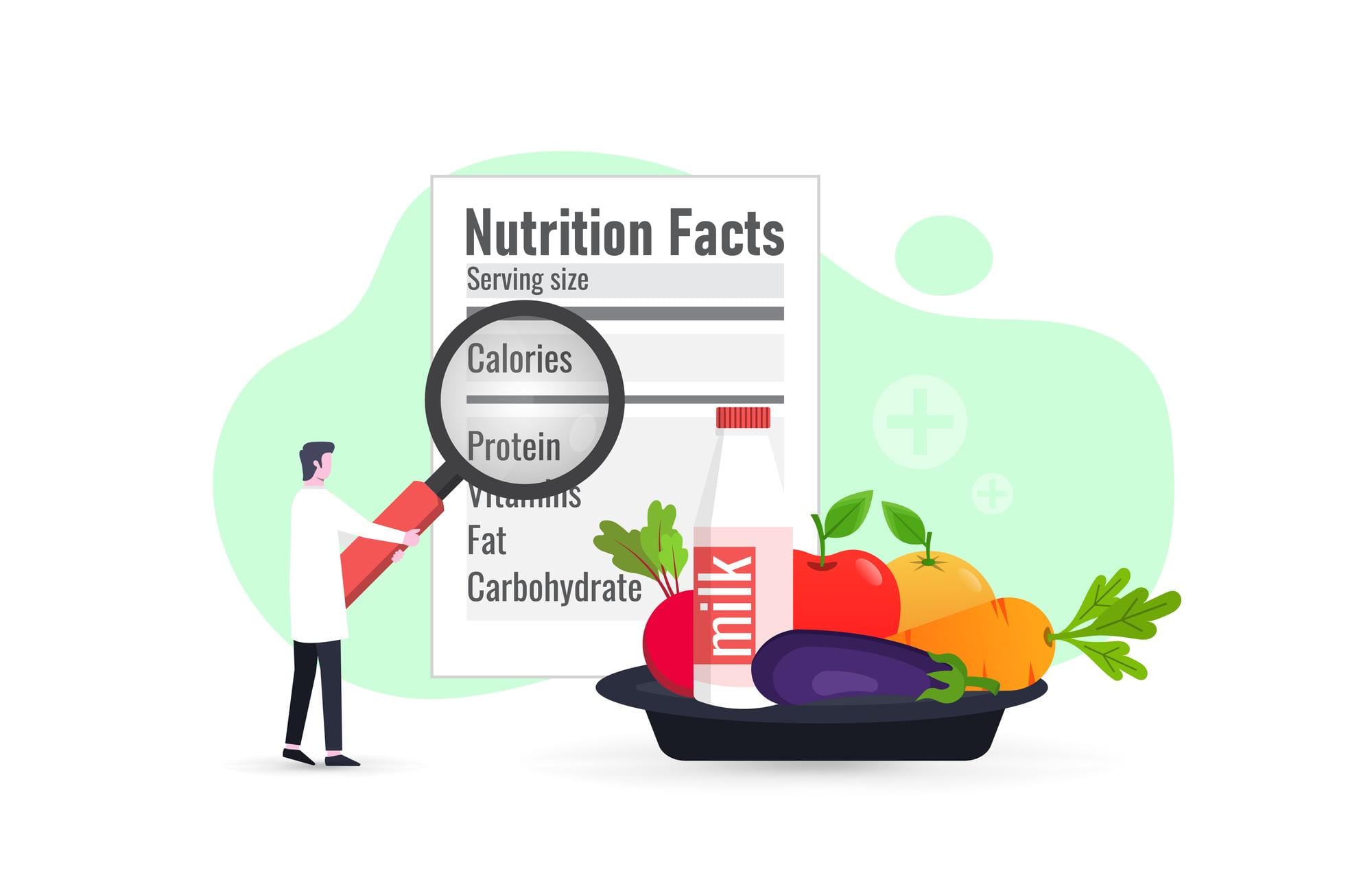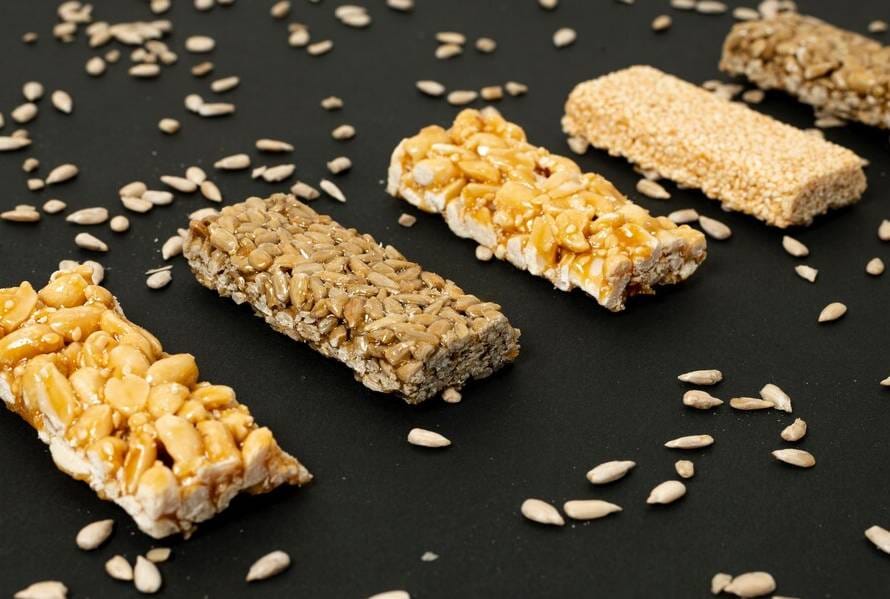
In the world of food manufacturing, preserving nutritional content is one of the most important challenges facing manufacturers. Preserving the nutrients in food during processing is vital to ensuring that the final products provide the desired health benefits to consumers.
The technologies used in the food industry play a crucial role in how to preserve nutritional content, specifically how to preserve vitamins, minerals and other essential nutrients.
Techniques for Preserving Nutritional Content During Processing
1- Quick Freezing (Deep Freezing)
One of the most prominent methods used to preserve nutritional content of foods during processing is quick freezing. In this process, food is quickly frozen at very low temperatures, which reduces the loss of vitamins and minerals. For example, frozen fruits and vegetables, such as berries and green beans, retain much of their original nutritional content because the freezing process prevents the deterioration of vitamins.
2- Sterilization and Canning
The process of sterilization and canning, such as in the manufacture of juices or canned soups, is one of the most important ways to preserve nutritional content of canned foods. In this process, food is exposed to high temperatures for a short period of time, which kills germs and bacteria and prevents the deterioration of nutrients. However, it is important to determine the temperature and time accurately to preserve vitamins such as vitamins C and B.
3- Drying
Drying is one of the preservation techniques that are widely used to preserve nutritional content of many food products. Drying fruits such as apples and bananas or meats such as dried meat helps preserve nutrients while reducing the need for chemical preservatives. However, it should be noted that some elements such as vitamin C may be destroyed during the drying process.
4- Fermentation
Fermentation is another process that plays a major role in preserving the nutritional content of some products. In this process, bacteria or yeasts are used to convert sugars into other substances such as organic acids. For example, fermented dairy products such as yogurt contain a high percentage of probiotics, which are considered beneficial to health. In addition, fermentation improves the absorption of minerals such as iron and calcium.
5- Modern technologies such as nanotechnology
One of the modern technologies used to preserve nutritional content in the food industry is nanotechnology, which allows improving the properties of food products at the molecular level. This technology helps improve the absorption of nutrients by preserving them more effectively.
Preserving nutritional content in various food products
1- Frozen vegetables and fruits
As mentioned earlier, freezing vegetables and fruits is one of the most effective ways to preserve nutritional content. Products such as frozen vegetables retain a large percentage of vitamins and minerals compared to fresh vegetables that have been stored for long periods. For example, frozen beans retain about 80% of vitamin C after freezing.
2- Canned juices
When manufacturing juices, techniques such as pasteurization are used to preserve nutritional content. However, some vitamins such as vitamin C may be slightly affected by high temperatures. Therefore, some manufacturers resort to using methods such as moderate heat treatment or electrical pulses to protect sensitive nutrients.
3- Dried meats
Dried meats such as dried beef are another example of how nutritional content can be preserved during the manufacturing process. Although some vitamins may lose some of their potency during the drying process, proteins and healthy fats remain well preserved.
Challenges of Preserving Nutritional Content During Processing
Despite advances in preservation technologies, there are still many challenges facing the food industry in preserving nutritional content. These challenges include the effect of high temperatures on vitamins and minerals, or the loss of nutrients during transportation or storage. For this reason, leading food companies are developing innovative technologies to ensure the highest level of nutritional content preservation.
The Importance of Preserving Nutritional Content in the Healthy Food Industry
The importance of preserving nutritional content is increasing in light of the global trend towards eating healthy and nutritious foods. With the increasing awareness of chronic diseases related to nutrition, such as obesity, heart disease and diabetes, it has become imperative for producers to ensure that the nutritional content of their products reflects the desired health benefits. Technologies used to preserve nutritional content, such as flash freezing or pasteurization, not only improve the shelf life of the product, but also ensure that the vitamins and minerals that consumers need to achieve a healthy life are preserved.
The Role of Packaging in Preserving Nutritional Content
One of the important factors that contribute to preserve nutritional content is proper packaging. Packaging not only protects the product from external factors such as light, air and moisture, but also helps preserve nutritional content by preventing the loss of nutrients. For example, packaging that protects against ultraviolet rays can reduce the deterioration of sensitive vitamins such as vitamin D and vitamin C. Therefore, innovative companies in the food industry rely on smart packaging, such as packages that absorb oxygen or maintain low temperatures, to ensure that nutritional content is preserved for as long as possible.
Balancing preservation and the manufacturing process
The biggest challenge in preserving nutritional content is finding a balance between the preservation process and the quality of the final product. For example, some preservation techniques such as sterilization or heat treatment may lead to the loss of some nutrients, but in return contribute to increasing the shelf life of the product and ensuring its safety. This is where scientific research comes in to develop new methods and techniques aimed at reducing nutritional loss during manufacturing, such as moderate heat treatment techniques or the use of enzymes to improve flavor and nutritional value.
Examples of Nutrient Loss During Processing
While preservation techniques aim to preserve nutritional content, some factors can lead to the loss of important nutrients. For example, during the frying process in oil, healthy fats and vitamins such as vitamin E can deteriorate. The preparation of ready-to-eat foods can also lead to significant loss of fiber and vitamins that are found mainly in the peels or outer skins of fruits and vegetables. Therefore, many companies rely on innovative strategies to preserve these nutrients, such as using low-heat cooking methods or keeping food ingredients as whole as possible.
Innovation in Nutrient Preservation Technologies
Due to the increasing demand for healthy foods, the food industry is witnessing a lot of innovation in the field of preserving nutritional content. Examples of these innovations are nanotechnology that allows nutrients to be added to foods in an effective and safe way, which helps enhance the nutritional value of products. Some companies also use techniques such as microbial gas processing or the use of natural antioxidants to preserve nutrients without the need to add artificial preservatives.
Applying Nutritional Content Preservation Techniques in the Ready-to-Eat Food Industry
The ready-to-eat food industry is one of the most prominent industries that benefit from nutritional content preservation techniques. Manufacturers rely on methods such as freezing, canning, and drying to produce ready-to-eat foods that maintain their nutritional value. For example, ready-to-eat foods such as frozen dishes or fast food retain most of their vitamin and protein content when processed using modern preservation techniques. However, the biggest challenge remains maintaining good flavor along with nutritional value, which requires advanced technology and a thorough understanding of manufacturing processes.
The Importance of Food Industry Consulting to Preserve Nutritional Content
In the world of food industry, specialized consulting can play a crucial role in helping companies preserve nutritional content of their products. By providing advice on the best ways to apply modern preservation techniques, consultants can improve the quality of food products while maintaining their nutritional value. ProNano Food Industry Consulting provides specialized consulting services in this field, where it can guide companies on how to choose the appropriate techniques to preserve the nutritional content of processed foods in line with health standards and market requirements.
In conclusion, preserving nutritional content is one of the key factors that affect the quality of the final food product. With the advancement of technology in the food industry, it has become possible to improve preservation techniques and ensure the preservation of nutrients in various food products. If you are interested in this field and would like to benefit from the expertise of specialized food industry consulting, ProNano Food Industry Consulting can help you provide advanced consultations on how to preserve the nutritional content of your food products. You can contact the company to get more information about its distinguished services.
Read more about the plant-based meat industry




1 Comment
10 mint mail
Your blog is a treasure trove of valuable insights and thought-provoking commentary. Your dedication to your craft is evident in every word you write. Keep up the fantastic work!